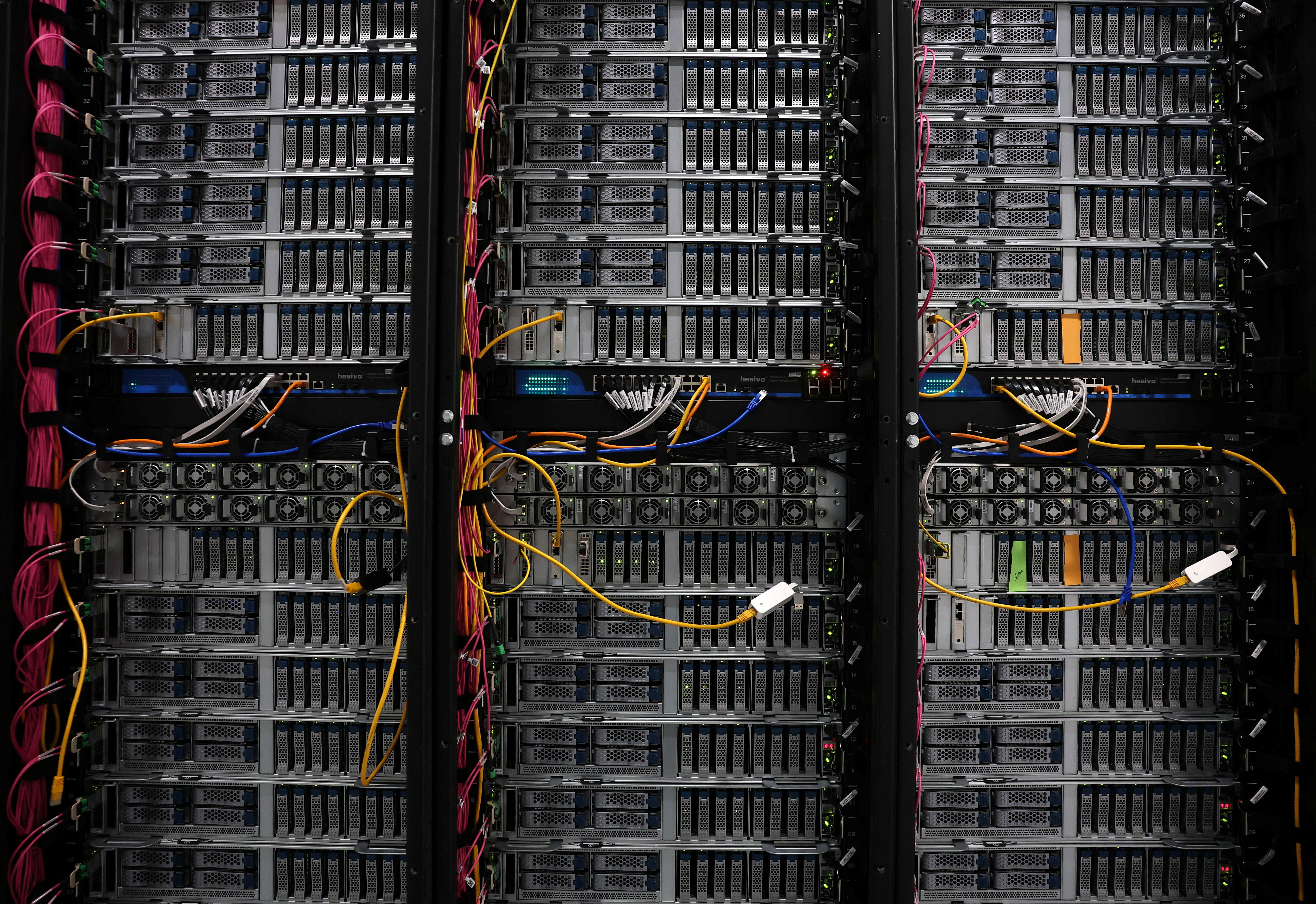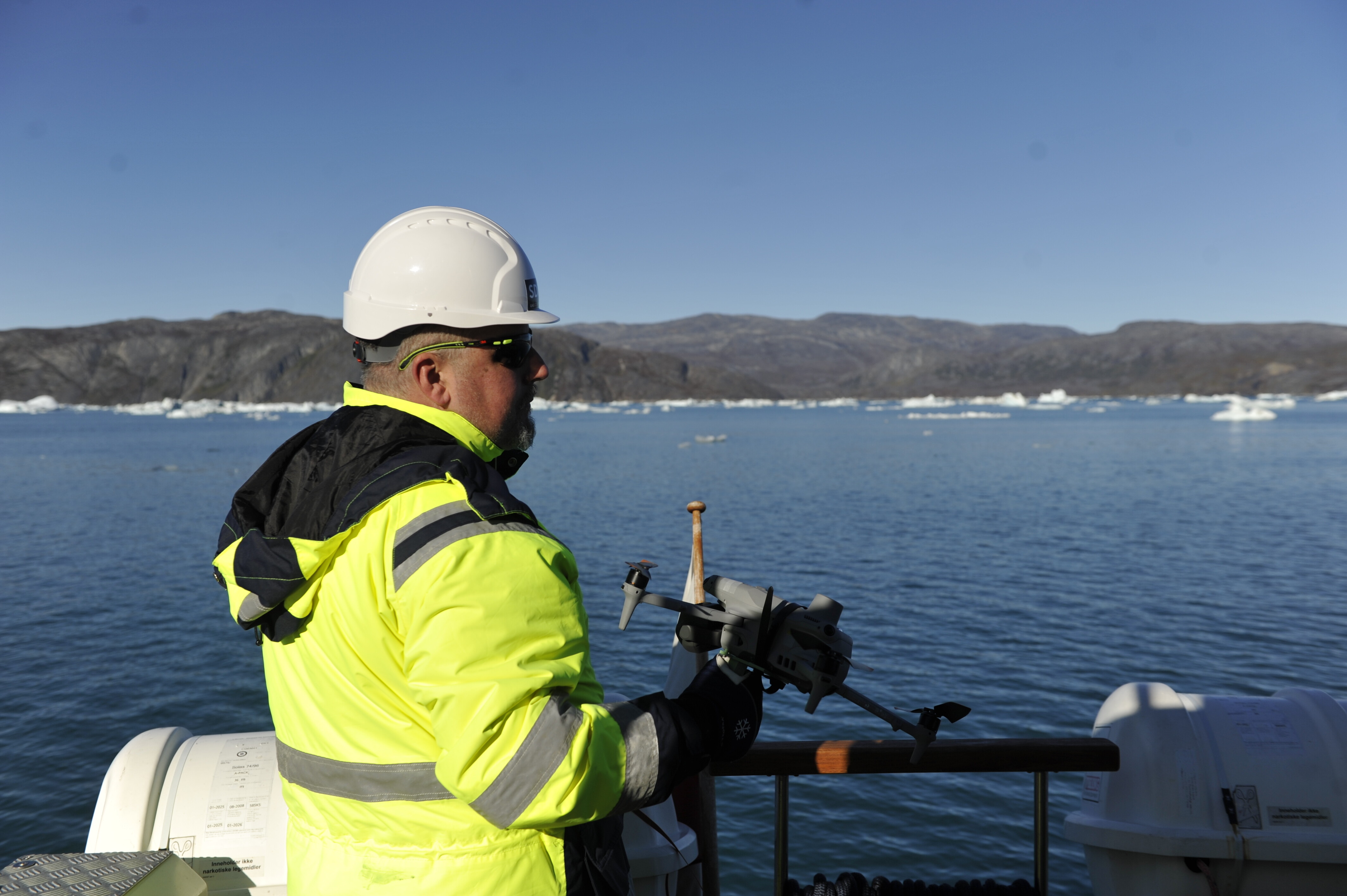Feathers could hold the secret to better water bottle designs. Here's how

Sandgrouse found in African deserts typically nest about 20 miles from watering holes to stay safe from predators. Image: Unsplash/Dhaval Vargiya
- Researchers have captured an unprecedented view of feathers from the desert-dwelling sandgrouse, reports Futurity.
- Using high-resolution microscopes and 3D technology, they have been able to showcase the singular architecture of sandgrouse feathers, revealing for the first time how they can hold so much water.
- The team expect their findings will underpin future engineering designs requiring controlled absorption, secure retention and easy release of liquids.
- Possible applications include water bottles and netting for collecting and retaining water from fog and dew in desert regions.
An extreme closeup of feathers from a bird with an uncanny ability to hold water while it flies could inspire the next generation of absorbent materials.
With high resolution microscopes and 3D technology, the researchers captured an unprecedented view of feathers from the desert-dwelling sandgrouse, showcasing the singular architecture of their feathers and revealing for the first time how they can hold so much water.
“It’s super fascinating to see how nature managed to create structures so perfectly efficient to take in and hold water,” says coauthor Jochen Mueller, an assistant professor in the civil and systems engineering department at Johns Hopkins University, who specializes in smart materials and design. “From an engineering perspective, we think the findings could lead to new bio-inspired creations.”
Sandgrouse found in African deserts typically nest about 20 miles from watering holes to stay safe from predators. To get water home to thirsty chicks, the adult males perform one of nature’s best examples of carry out, gathering water, and flying home with it, a feat made even more extraordinary considering the sandgrouse is holding about 15% of his body weight in water, and keeping most of it safe during a roughly 40 mph flight home that takes about a half hour.
The male sandgrouse are the only birds known to hold water like this—their specially adapted belly feathers are the key.
Other researchers first documented these extraordinary belly feathers more than 50 years ago. But only here with modern technology the team can finally demonstrate how the feathers work.
Mueller and Lorna J. Gibson, an engineer at Massachusetts Institute of Technology, zeroed in on the microstructure of the belly feathers using scanning electron microscopy, microcomputed tomography, light microscopy, and 3D videography, looking closely at the shafts, each just a fraction of the width of a human hair, and the even tinier individual barbules.
The team greatly magnified the feathers, observing them both dry and wet. Then, in a move as delicate as it was crucial, while magnified the dry feathers were dunked in water, pulled out, then re-submerged, just like a sandgrouse at a watering hole.
“When you do that type of work, you can’t even breathe or else you blow it away,” Mueller says.
Mueller described the individual feather structure as “magnificent,” with components optimized in several ways to hold and retain water, including the way they bend, how the barbules form protective tentlike clusters when wet, and how tubular structures within each barbule capture water.
How does the World Economic Forum encourage biological diversity?
Individual feathers held the water through a forest of barbules near the shaft, working together with the curled barbules near the tip acting almost like caps.
“That’s what excited us, to see that level of detail,” Mueller says. “This is what we need to understand in order to use those principles to create new materials.”
The team also computationally modeled the water intake of the feathers.
Mueller and Gibson expect their findings will underpin future engineering designs requiring controlled absorption, secure retention, and easy release of liquids.
Possible applications include the design of netting for collecting and retaining water from fog and dew in desert regions; and a water bottle designed to prevent annoying swinging and sloshing.
For the water bottle or sports backpack, Mueller’s thinking about a design that safely holds a lot of liquid, but includes an inner feather-like system that keeps the water from swinging around while someone moves with it. He thinks a hydration pack or water bladder that could do this would be particularly appreciated by runners.
He also imagines next-level medical swabs that are easier to use, “where you can efficiently soak up liquid, but it’s much easier to release it,” he says, adding that the release feature was an issue for collecting COVID-19 nasal test samples during the pandemic.
Next the team plans to print similar structures in 3D and pursue commercial applications.
Belly feathers used in this work came from a single male adult Namaqua sandgrouse (Pterocles namaqua) in the collection of the Harvard University Museum of Comparative Zoology.
The study appears in the Journal of the Royal Society Interface. The National Science Foundation supported the work.
Source: Johns Hopkins University
Don't miss any update on this topic
Create a free account and access your personalized content collection with our latest publications and analyses.
License and Republishing
World Economic Forum articles may be republished in accordance with the Creative Commons Attribution-NonCommercial-NoDerivatives 4.0 International Public License, and in accordance with our Terms of Use.
The views expressed in this article are those of the author alone and not the World Economic Forum.
Stay up to date:
Fresh Water
Related topics:
Forum Stories newsletter
Bringing you weekly curated insights and analysis on the global issues that matter.
More on Emerging TechnologiesSee all
Mahmoud Mohieldin and Vera Songwe
November 20, 2025






